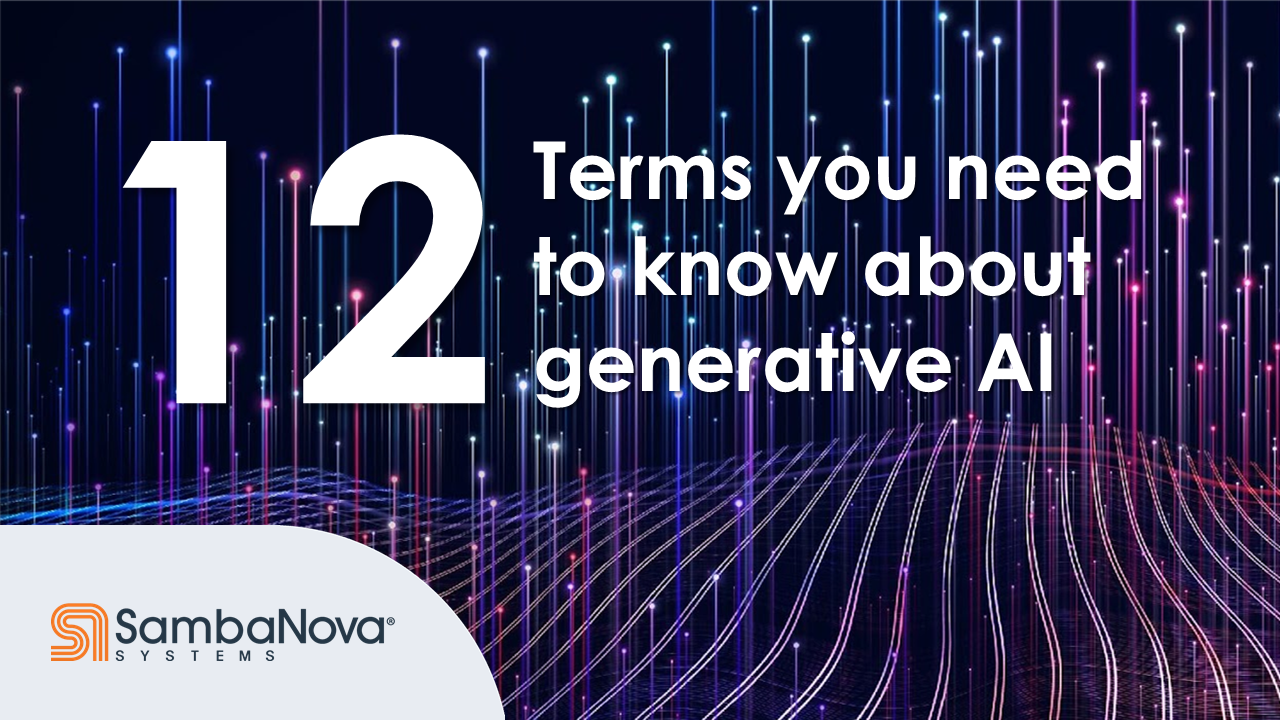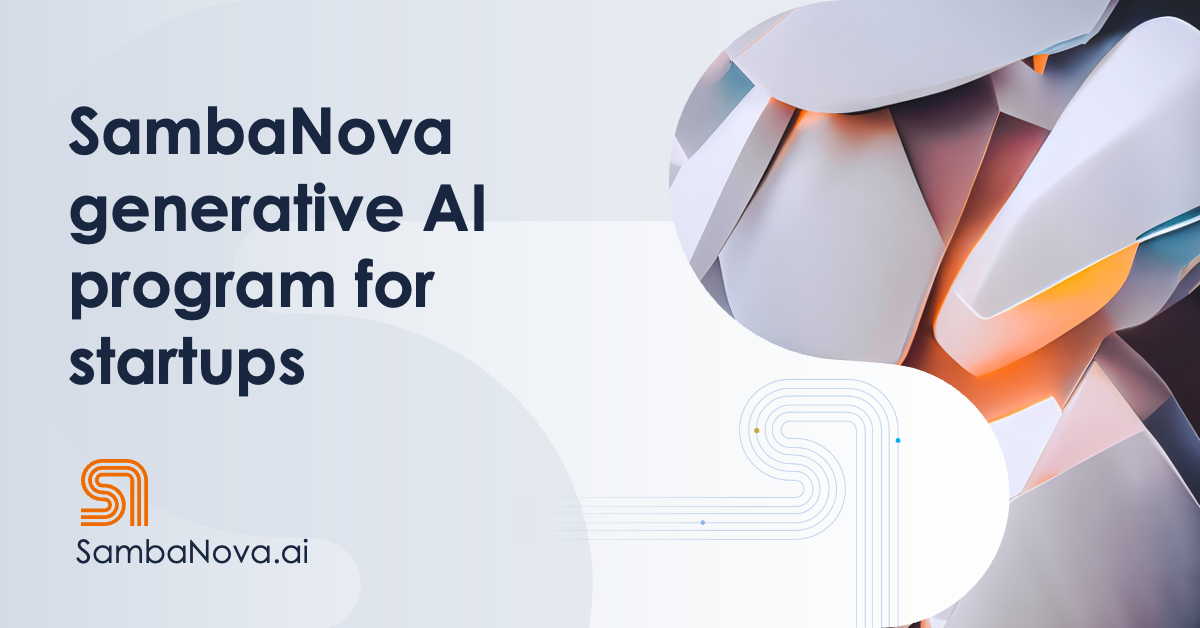.png?width=1024&height=576&name=Podcast-guests_AI-here-Christophe-Makni-1024x576-1%20(1).png)
This is the fourth in a series of blogs on the “AI is here.” podcasts. Each blog in the series will highlight the insights from a specific industry leader as they describe how their organization is deriving significant value from AI today.
In this edition of the “AI is here.” podcast , Dan Faggella, Founder and CEO, of market research and publishing company Emerj, speaks with Christophe Makni, Head of Business Operations at Migros Bank headquartered in Switzerland. Christophe and Dan talk about the trends and use cases that Makni sees in banks today.
In banking, Makni confirms that a number of digital tools and algorithms have already been implemented in the banking industry. At this point, all the tools that touch the customer have been digitized to improve the customer experience and seamlessly deliver banking services.
The standard tools used by banks for digitization and automation include:
- Chatbots
- Optical character recognition (OCR)
- Robotic process automation (RPA)
- Fraud detection
- Risk
- Know your customer (KYC)
With these processes in place, the business requirement has shifted to improving the quality of the tools in order to deliver the digital experience customers expect. This requires the bank to shift from simple automation to smart automation. An example of this moving from basic OCR to using NLP to understand and process documents automatically.
Specifically, the business need is to move beyond simple RPA which performs basic scanning and classification of documents. The goal is to be able to understand all of the data that the customer provides, combine that with all the external data and systems they have, so they can process every standard request automatically.
Natural language processing with large language models are now able to deliver this capability. The latest large language models can both understand the content and context of documents as well as generate summaries of those documents and responses to customer queries.
A mortgage application is an example of this and the goal is to take a 360 degree approach to each case. The system could perform a salary check to understand how much revenue the applicant has. It would understand which documents are needed whether the applicant is single or married. It goes beyond generic RPA and OCR to actually understanding the details and requirements of individual cases.
Banks, like insurance companies, are document intensive industries. Use cases include automating processes such as different customer document inputs for mortgages, credit applications, opening an account, or any of the other processes within the banking industry where customers use paper documentation.
With the latest AI technology organizations can easily extract data. Makni validates that the technology is mature enough that the AI can understand the business use case and the data and put the right data into the right system so all the documents can be processed automatically. This frees the customer relationship manager to focus on the customer and their needs
When asked about what is unique about AI adoption in Europe, Makni said that there are strong regulations in Europe. This includes GDPR and data protection by default and design, so organizations know what data they can use. He also pointed out that there is an effort, which is currently in draft form, to restrict the use of AI in Europe based upon ethics. When implementing AI in Europe organizations need to be able to navigate those regulatory requirements.
He was quick to highlight that while these regulations may appear to be a constraint, they actually help organizations better manage their data to better explain to customers what is happening with it. He used a cyberattack as an example. If there is a well documented system in place, an attack can be more easily recognized, the impact assessed and a move made to a backup system if necessary. A great deal of front end work is required to make sure things are properly documented, but once completed, organizations can clearly see which data they are allowed to use and for which reason.
This enables banks to streamline processes like fraud detection. Fraud detection is often seen as a back office technology, but it can directly impact the customer experience. Makni gave the example of a customer going on vacation to somewhere new. Legacy systems would flag a credit card’s use as fraudulent, potentially causing the customer a negative experience. Next generation AI can connect with the customer via smartphone to instantly verify if the transaction is valid. This delivers a better experience and is what modern customers demand.
Makni concluded with some observations on why organizations need to move to AI to achieve what is not otherwise possible with traditional systems.
AI is here. Discover how you can fundamentally transform what is possible for your organization with the power of AI in weeks, not years. Powered by the industry’s most powerful, full stack deep learning platform, SambaNova is the industry leader for GPT large language models, delivering the highest accuracy and performance, while dramatically reducing the need for significant investment in infrastructure, personnel, and other resources.







